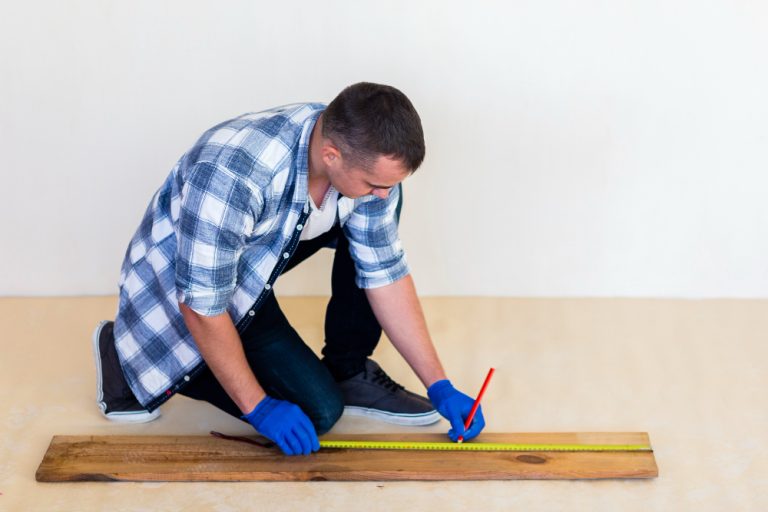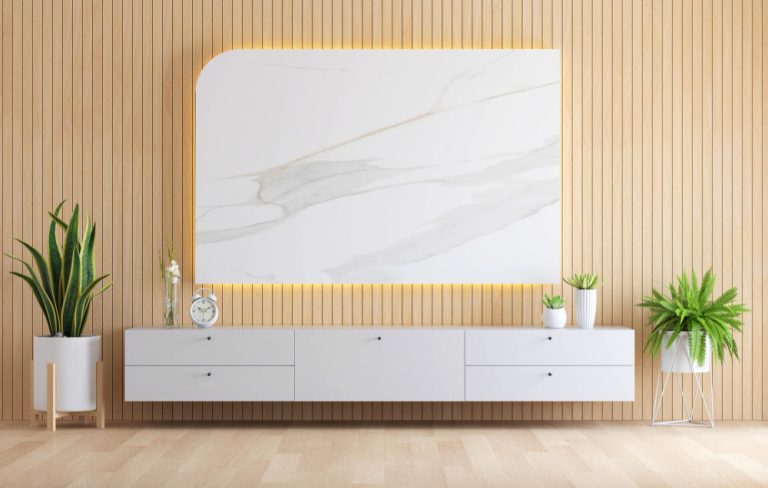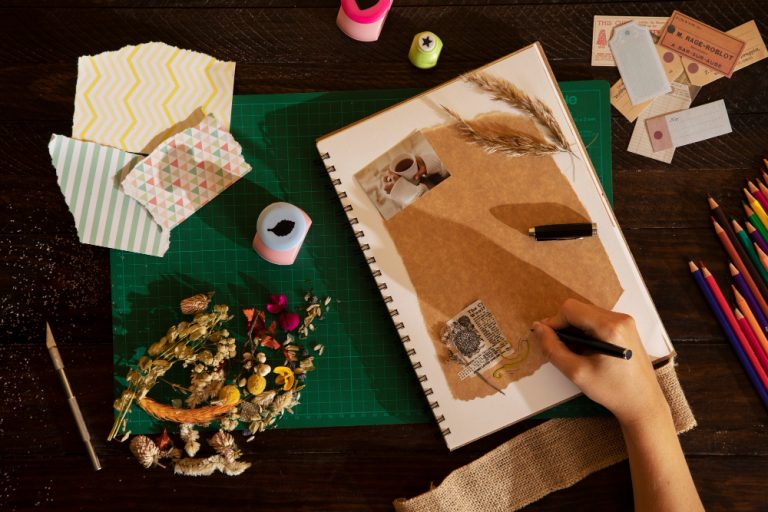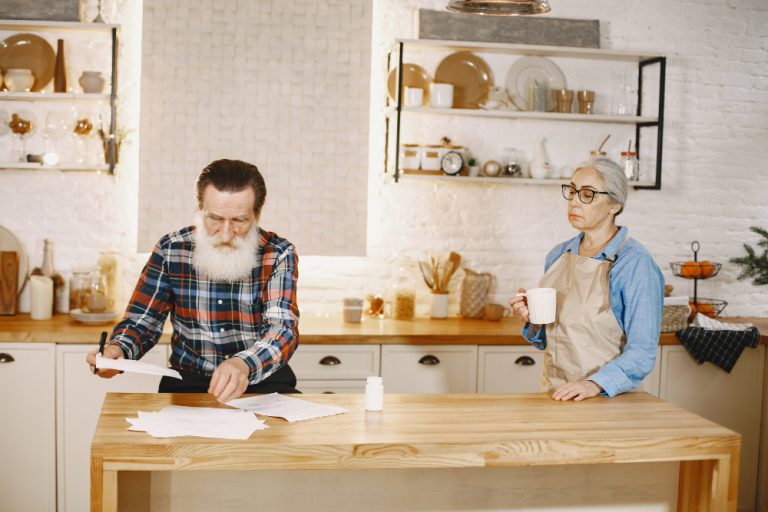Looking for DIY trellis ideas? The best projects use simple materials like wood, bamboo, or upcycled items to create sturdy, stylish supports for your plants. Focus on your garden’s size, your chosen climbers, and your skill level. From easy arches to modern obelisks, you’ll find the perfect plan to build a beautiful, functional trellis yourself.
Every gardener dreams of lush, vertical growth, but store-bought trellises can be flimsy, expensive, and lack character. You know your climbing roses, peas, or cucumbers deserve better, but figuring out where to start with a DIY project can feel overwhelming. You’re in the right place. We’ve stripped away the complexity and compiled the most creative, practical, and beginner-friendly trellis ideas that will transform your garden without breaking the bank. Let’s explore over designs to find your perfect fit.

From Simple to Stunning: DIY Trellis Ideas You Can Build Today
A DIY trellis does more than just look good. It solves problems. It gives your plants the support they need to grow strong. It saves precious ground space by growing up, not out. This is a big help for small gardens and patios. It can also create shade or add a beautiful privacy screen to your yard.
The right trellis turns your garden into a layered, living work of art. Plants like tomatoes, cucumbers, and beans become healthier and produce more when they are off the ground. The air can move around them. This helps prevent disease. The sun can reach all the leaves. For you, it means a much easier harvest. You can see your veggies and easily pick them.

Before you build, take a little time to plan. This will make your project a success. First, find the perfect spot. Watch how the sun moves across your yard. Most climbing plants love lots of sun. Make sure your trellis will get at least 6-8 hours of direct sunlight. Think about water access too.
You don’t want to trip over a hose while building. Next, pick your material based on your goal. Do you want a permanent structure or something you can move each season? Cedar and redwood are great wood choices because they are naturally rot-resistant. For a quicker project, consider using a pre-made cattle panel or bamboo poles. You will need some basic tools. A saw, a drill, a hammer, a tape measure, and a level are the most important. Always wear safety glasses.
This table helps you choose the best material for your project.
| Material | Best For | Skill Level | Cost | Pros & Cons |
|---|---|---|---|---|
| Wood | Permanent, sturdy structures like arched trellises and large garden obelisks. | Beginner to Intermediate | $$ | Pros: Strong, natural look, very customizable. Cons: Can rot over time unless treated or using cedar. |
| Bamboo | Rustic, natural-looking trellises for peas, beans, and light flowers. | Beginner | $ | Pros: Inexpensive, sustainable, very easy to work with. Cons: Not as sturdy; may only last a season or two. |
| Metal (Cattle Panels) | Very strong, arched trellises for heavy plants like tomatoes and melons. | Beginner | $$ | Pros: Incredibly strong, long-lasting, easy to bend into an arch. Cons: Sharp edges require careful handling. |
| Upcycled Items | Quick, unique, and budget-friendly projects for smaller climbing plants. | Beginner |








